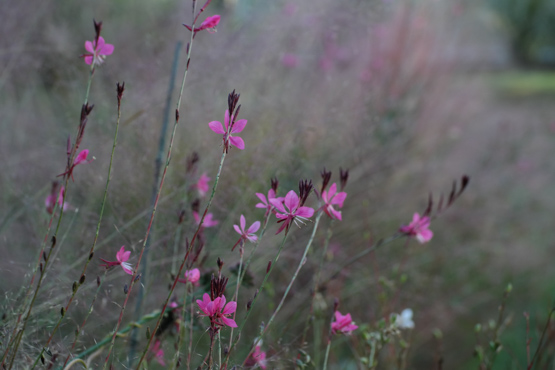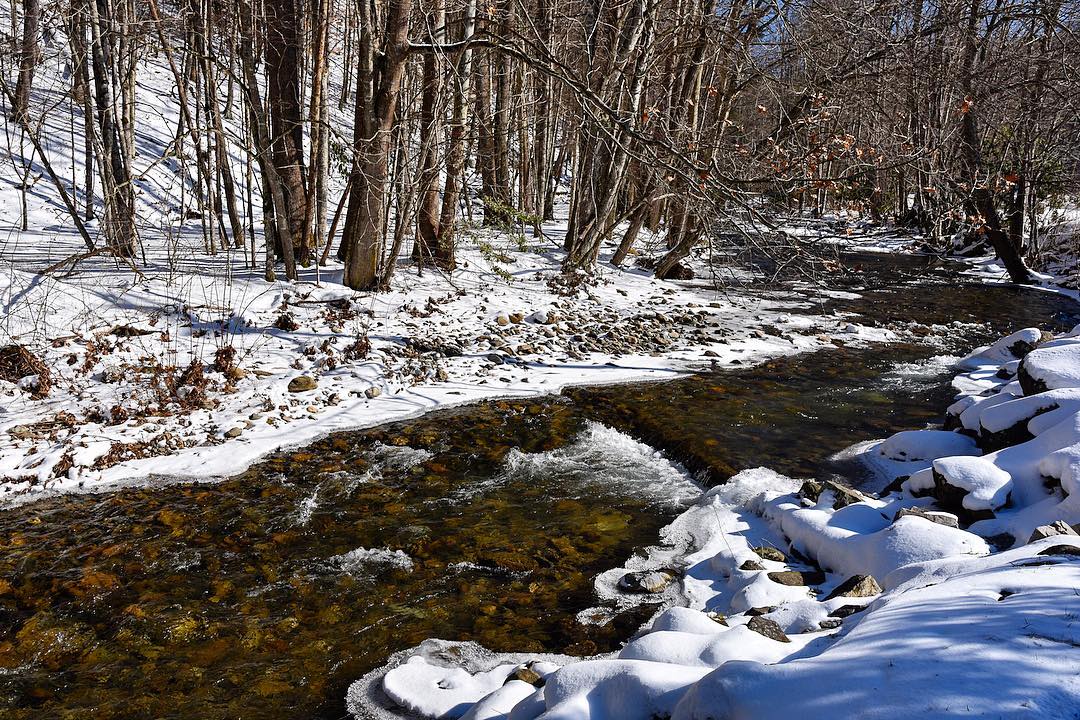
In 1948 Dr. Curran, then curator of insects at New York City’s American Museum of Natural History, began a tradition of traveling north along the Hudson River to Bear Mountain State Park to observe the fall foliage, which I know from experience is very nice there. With friends and family he formed The Original Society of the Friends of the Woolly Bear. For 8 years he did informal studies on the caterpillars, trying to validate local folklore, and found with 80% accuracy the number of brown segments corresponded with milder winters. He passed these forecasts to a NYC paper and suddenly many people became interested in these climate caterpillars. Perhaps in their honor it should be renamed Woolly Bear Mountain!
Recent studies suggest that they aren’t really able to forecast winter weather, since the colors are affected by diet, temperature, rain and many other factors as they grow and develop. As they scurry now toward their hibernating spots under leaves and logs, In the past few weeks I have seen quite a few caterpillars of highly varied ratios of brown and black, so it seems unlikely to me they can all be right.
Still, folklore and tradition continues. Located less than an hour from my home in Tennessee is the town of Banner Elk, North Carolina. Since 1978 they have had a Woolly Worm Festival on the third weekend of October. Over 1000 caterpillars, in heats of 25, spend the day racing up a 3 foot string until the final winner is declared. This diminutive but equally fuzzy version of Punxsutawney Phil, the famous groundhog, then gets to predict winter. The caterpillar here poses with an enigmatic woolly bear smile in front of a mountain with fading autumn foliage. Only he knows for sure what winter will bring!



